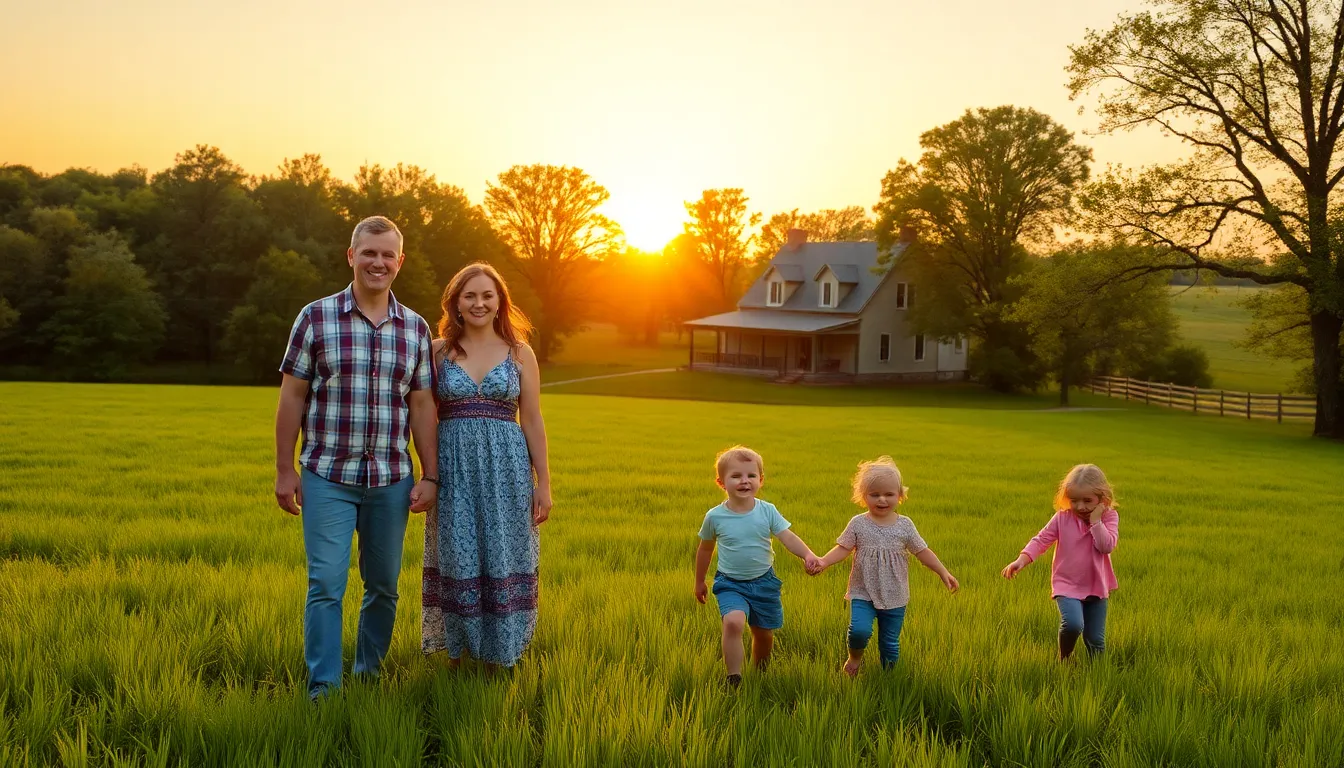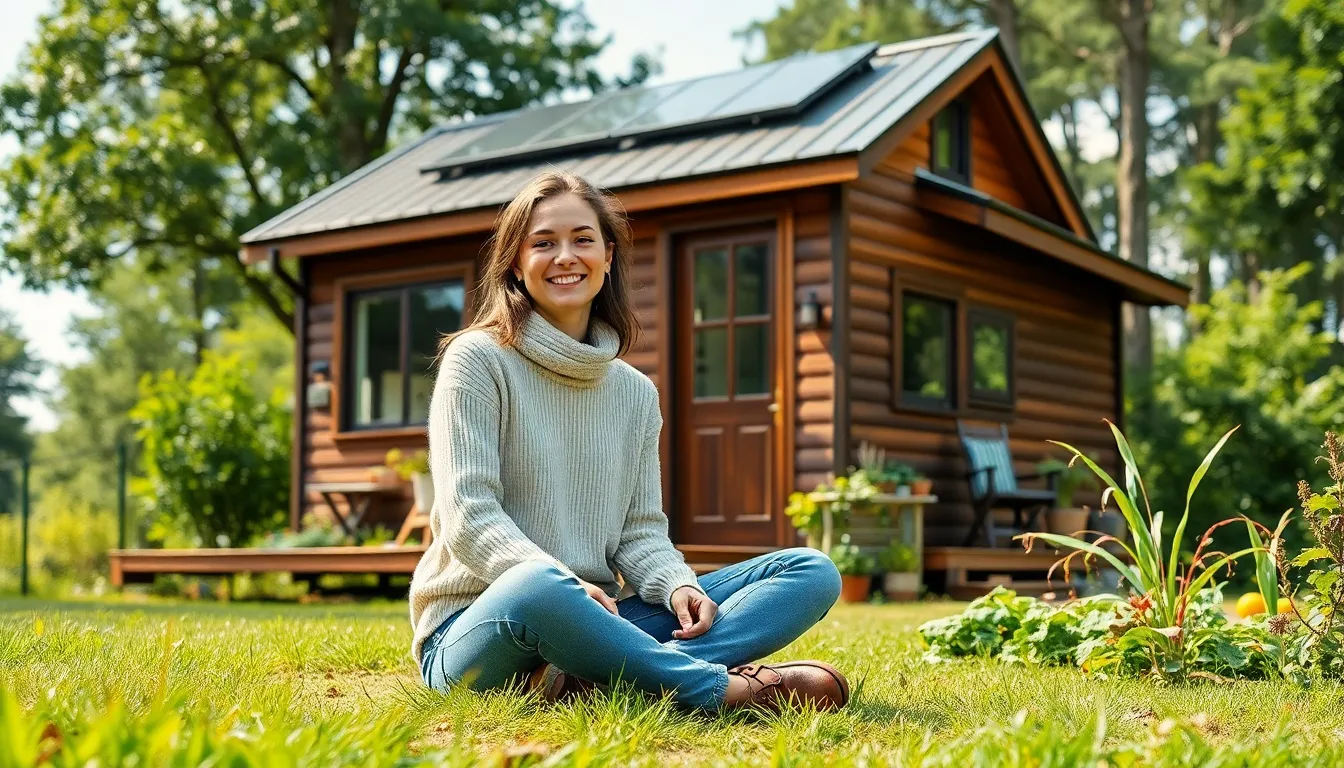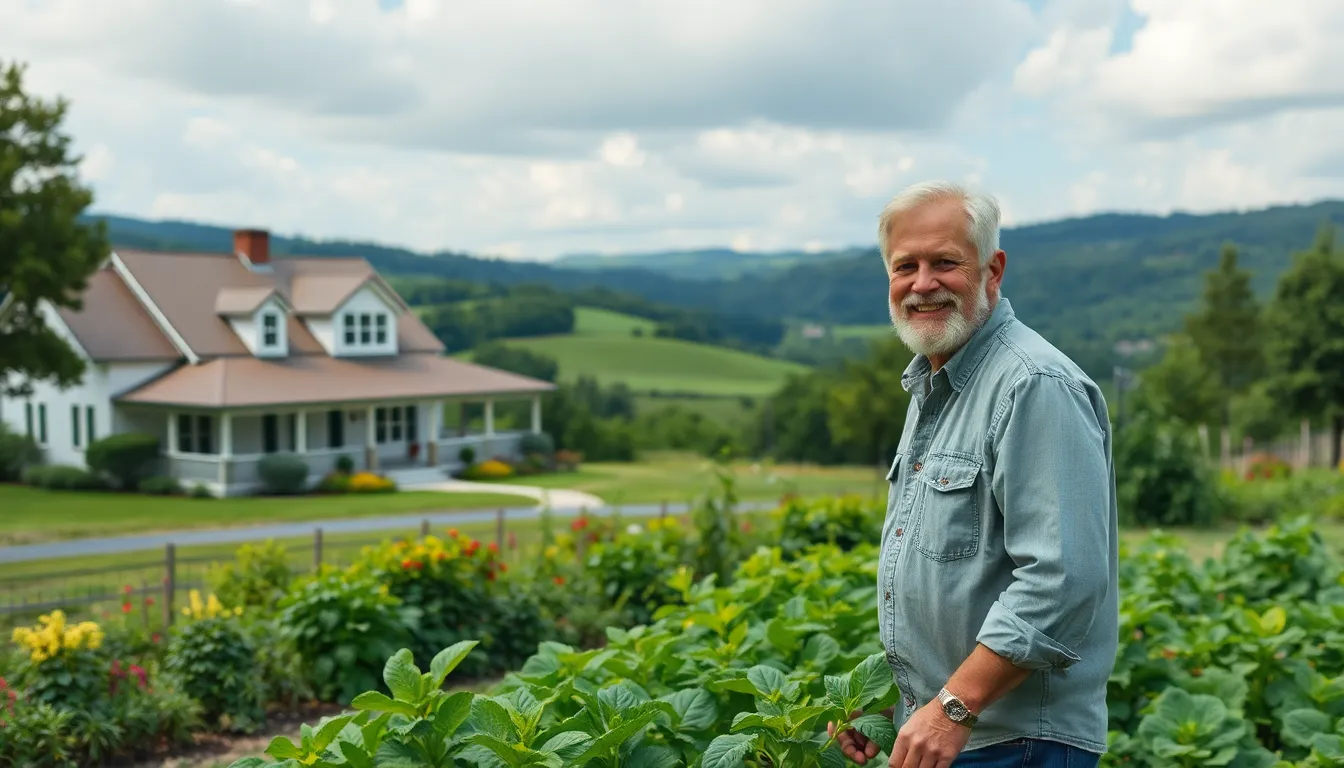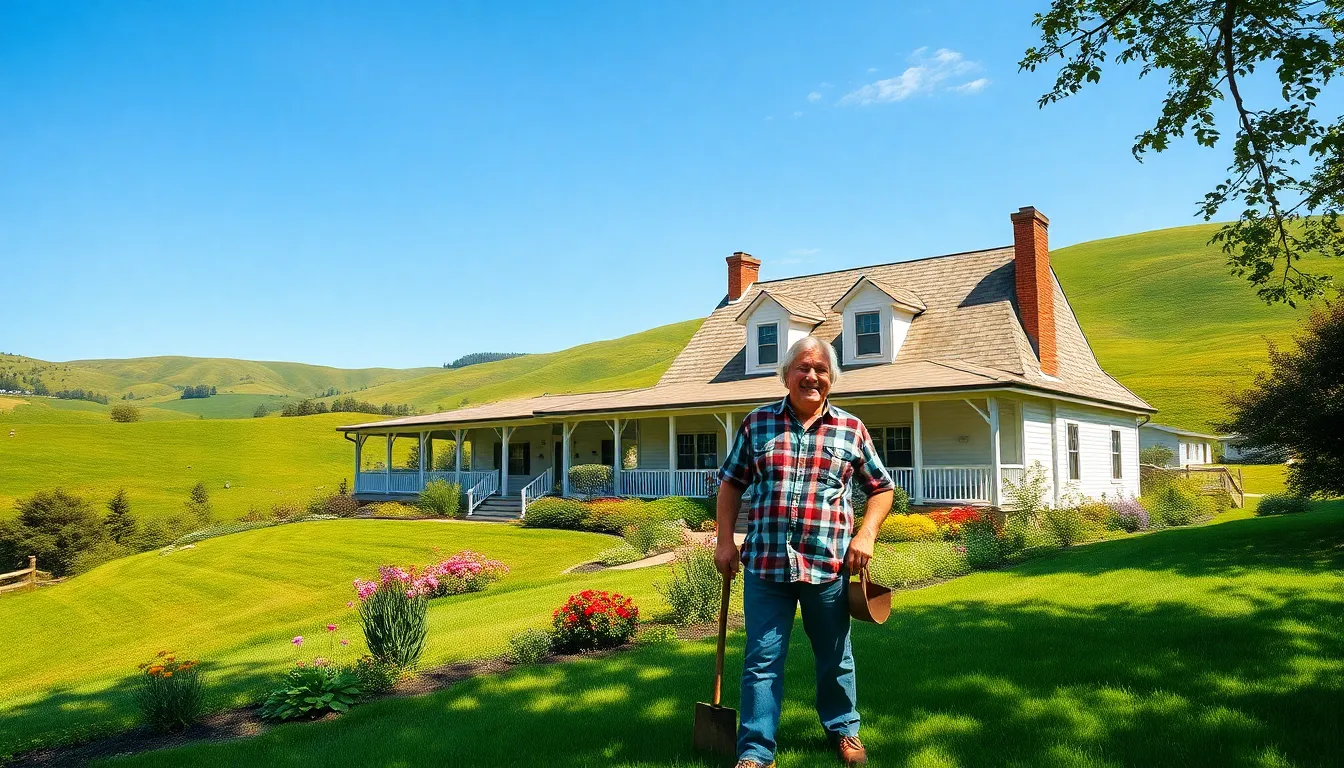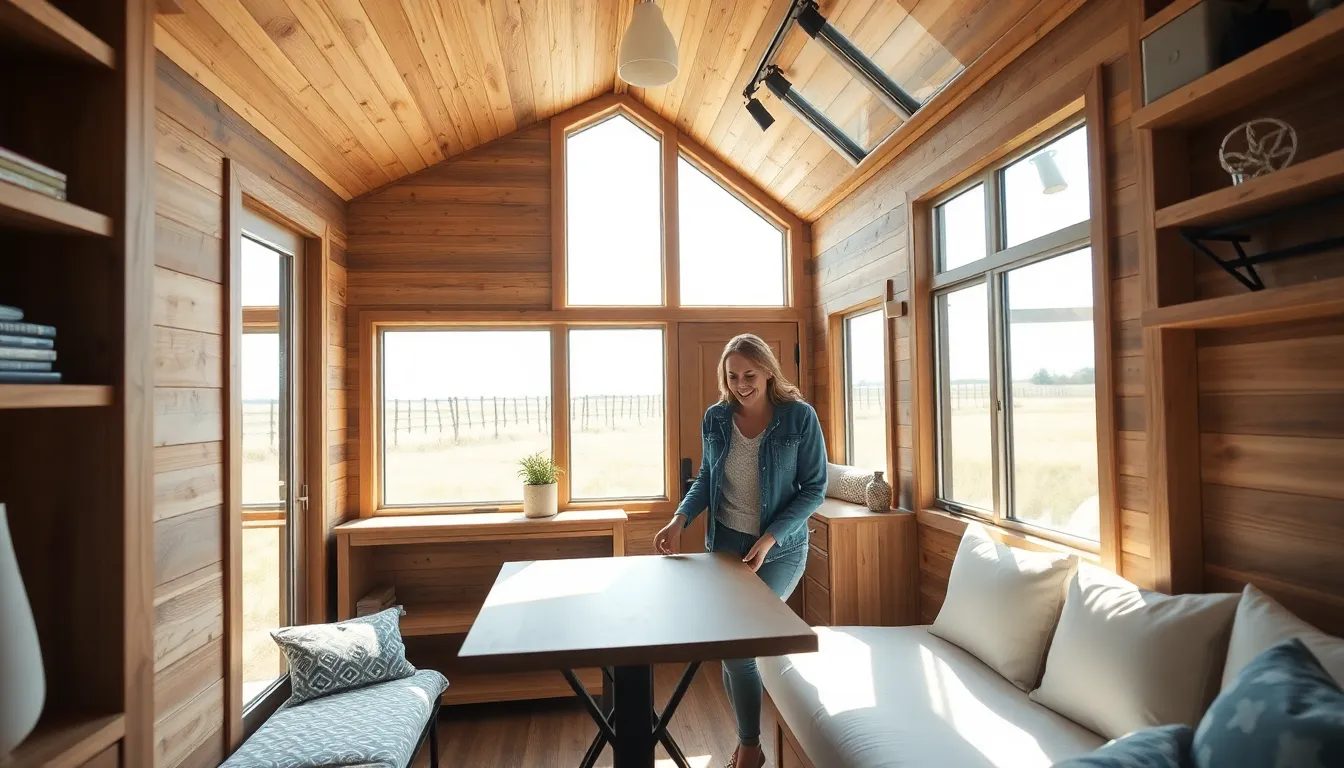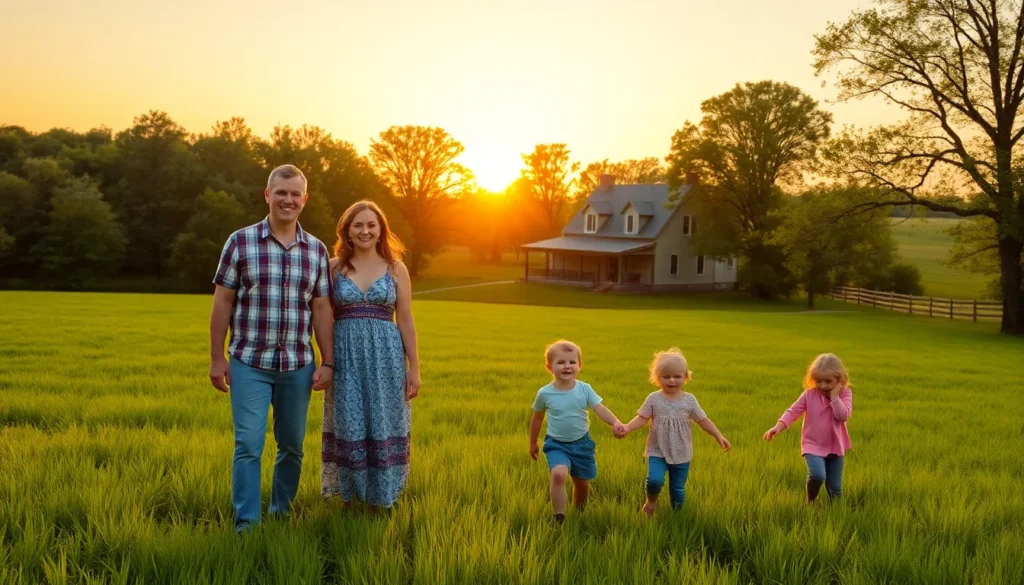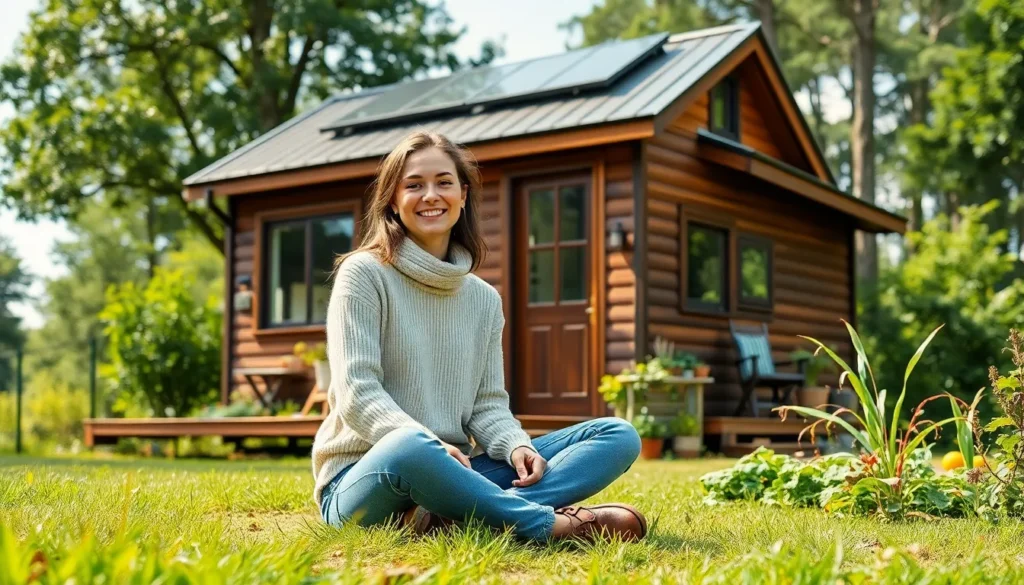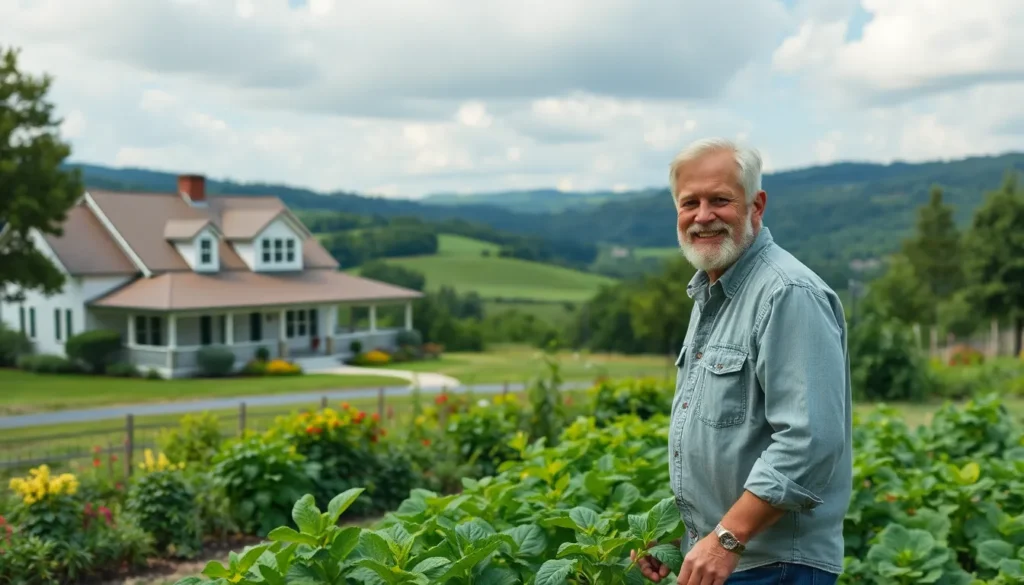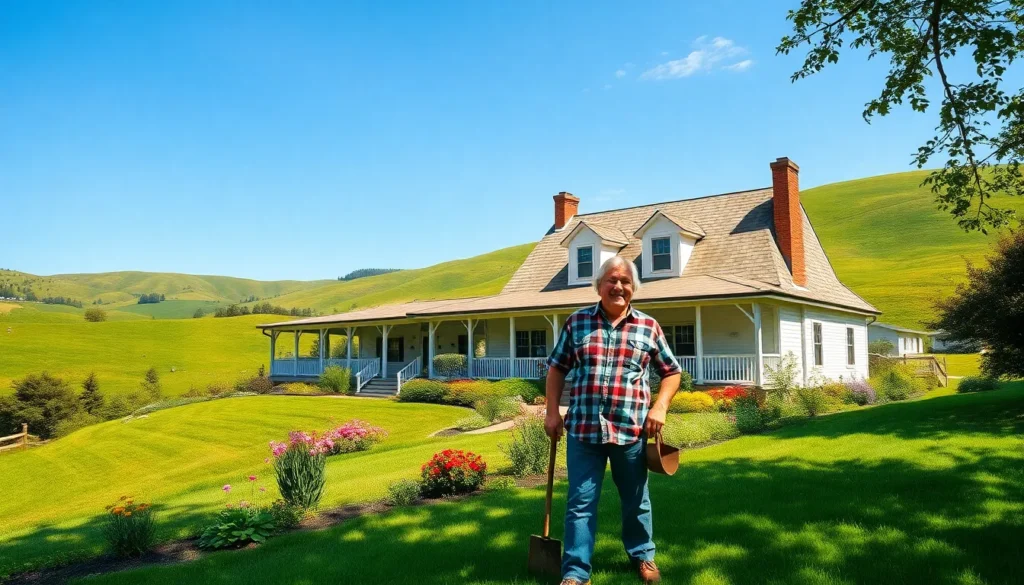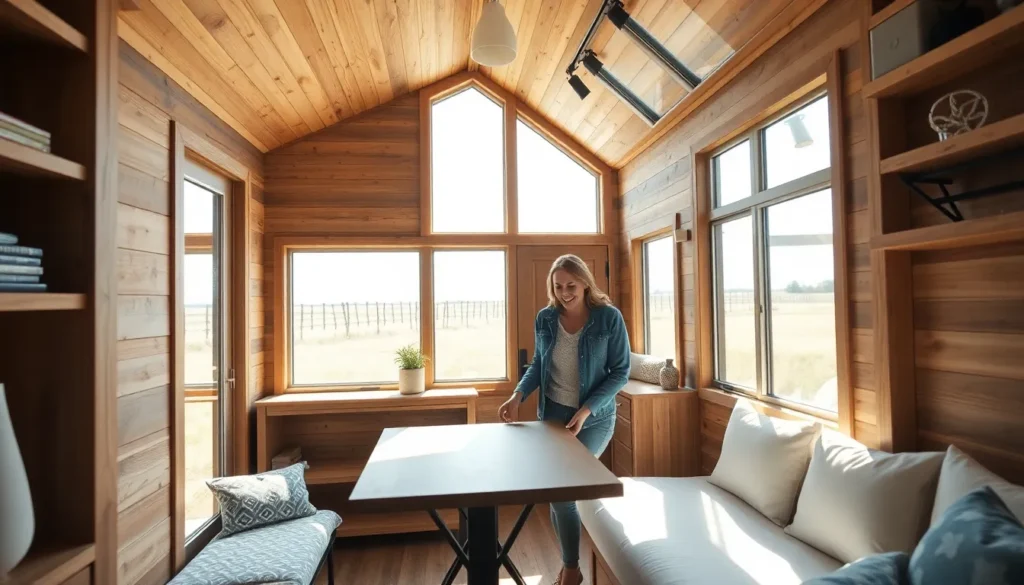Rural living offers a unique blend of tranquility and community that urban life often lacks. With picturesque landscapes and a slower pace, it’s no wonder many are considering a move to the countryside. From charming small towns to expansive farms, rural areas provide diverse living options that cater to various lifestyles and preferences.
Choosing rural living means embracing a lifestyle rich in nature, fresh air, and a tight-knit community. Whether it’s a cozy cottage near a lake or a sprawling homestead surrounded by fields, the choices are abundant. This article explores the various rural living options available, highlighting the benefits and challenges of each, helping individuals find their perfect rural retreat.
Table of Contents
ToggleOverview of Rural Living Options
Rural living encompasses a variety of lifestyle choices, each offering unique benefits and challenges. The main options include:
- Small Towns: Small towns provide a blend of community engagement and access to necessary amenities. Residents enjoy local businesses, schools, and healthcare facilities while fostering close-knit relationships with neighbors.
- Farms: Farming offers a hands-on lifestyle, where individuals can cultivate crops or raise livestock. This option appeals to those seeking self-sufficiency and a connection to the land. Challenges include long hours and the unpredictability of agricultural markets.
- Rural Homesteads: Homesteading combines agriculture with sustainable living. Individuals often grow their own food, generate energy through renewable sources, and practice conservation. Homesteaders embrace independence and simplicity but may face difficulties in isolation and resource availability.
- Cottages and Cabins: Cottages and cabins serve as peaceful retreats from urban life. Many people purchase or build these structures in picturesque locations, such as by lakes or mountains. They provide opportunities for relaxation and outdoor activities but can come with maintenance responsibilities.
- Mobile Homes: Mobile homes offer affordability and mobility within rural areas. They cater to various family sizes and preferences, making rural living accessible. These homes often face stigmas, but they provide an alternative housing solution.
These options reflect the diverse opportunities for those considering a move to the countryside. Each choice aligns with different priorities, whether they emphasize community, independence, or lifestyle integration.
Benefits of Rural Living
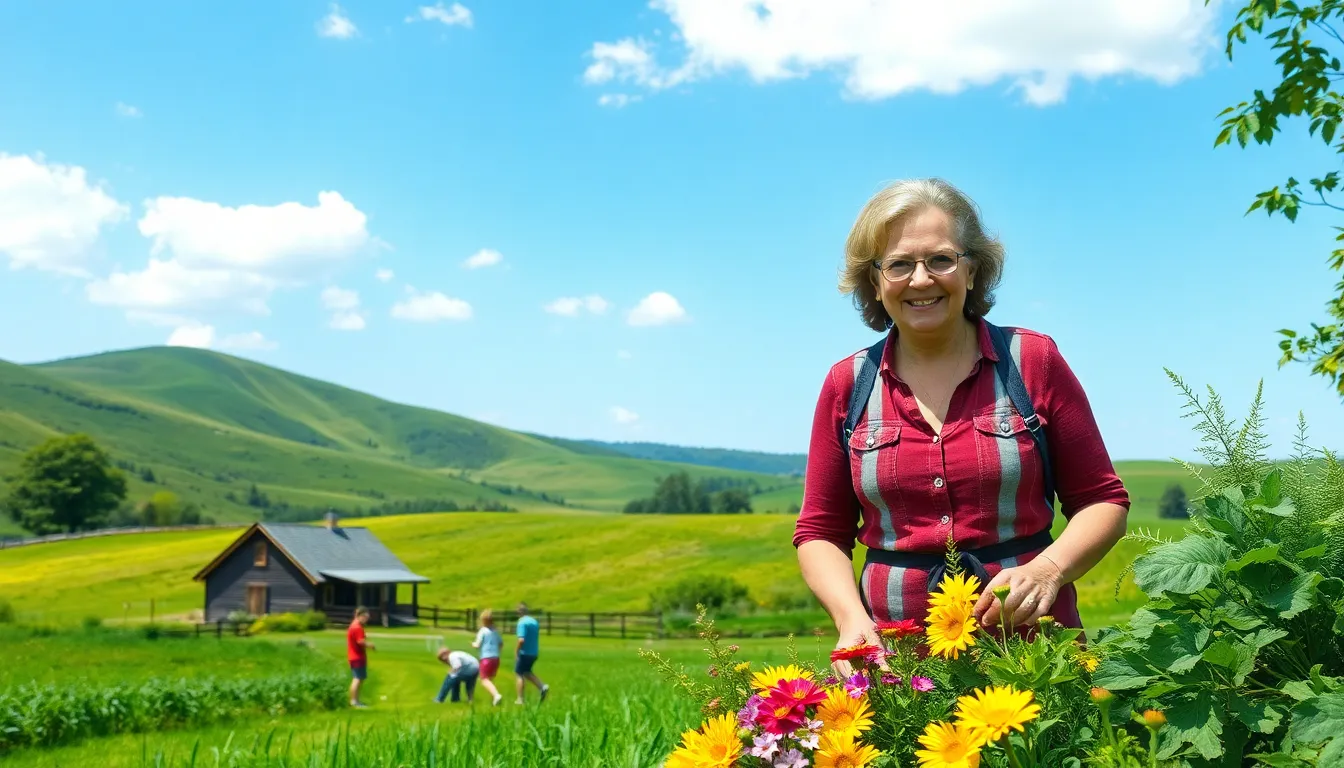
Rural living offers a myriad of advantages that contribute to a fulfilling lifestyle. Key benefits include a peaceful environment and strong community bonds, enhancing the quality of life for residents.
Peaceful Environment
Rural areas provide serene landscapes and reduced noise levels. Natural surroundings, including forests, mountains, and rivers, promote tranquility. Residents often experience lower stress levels due to fewer urban distractions. Many engage in outdoor activities like hiking, fishing, or gardening, fostering a connection with nature. Access to fresh air and open spaces leads to healthier lifestyles, encouraging physical activity and relaxation.
Strong Community Bonds
Rural communities typically foster strong interpersonal relationships. Smaller populations facilitate meaningful connections among residents. Neighbors often collaborate on local events, creating a sense of belonging. Community gatherings, such as fairs or farmers’ markets, enhance engagement and promote social interaction. Support systems in rural areas often strengthen through shared values and interests, leading to a robust social network. Many find comfort in knowing their neighbors and participating in community initiatives.
Challenges of Rural Living
Rural living presents several challenges that potential residents often encounter. These obstacles can affect daily life, requiring adaptation and consideration before moving to less populated areas.
Limited Access to Services
Limited access to services poses a significant challenge in rural living. Healthcare facilities may be few and far between, leading to long travel times for medical appointments. In some cases, residents face reduced options for specialized medical care, requiring trips to urban centers. Access to educational institutions varies, often with fewer schools and programs available. Public transportation typically lacks comprehensive routes, making personal vehicles essential for commuting and errands. Moreover, grocery stores and essential services may exhibit limited hours and inventory, impacting convenience and choice.
Employment Opportunities
Employment opportunities often present challenges in rural areas. Job availability may be restricted, with fewer companies and industries operating locally. This limitation often results in higher competition for available positions. Additionally, rural jobs may pay lower wages compared to urban counterparts, affecting overall economic stability. Many rural residents must seek employment outside their communities, leading to longer commutes and work-life imbalance. The economy in these areas may rely heavily on agriculture or tourism, which can be unpredictable and influenced by various external factors, including weather conditions and market demand.
Types of Rural Living Options
Rural living encompasses various options, catering to different preferences and lifestyles. Each option offers unique advantages and challenges worth considering.
Small Towns
Small towns present a blend of community engagement and accessibility. Residents enjoy local amenities like grocery stores, schools, and parks, fostering social connections. These towns often host community events, encouraging interaction among residents. While small towns provide a friendly atmosphere, potential limitations include fewer job opportunities and healthcare facilities, requiring residents to adapt to living with essential services at a distance.
Farms and Homesteads
Farms and homesteads appeal to individuals seeking self-sufficiency and sustainable living. These options offer the chance to grow one’s own food, raise livestock, and embrace eco-friendly practices. Farming encourages a strong connection to nature and often provides a fulfilling lifestyle through hard work. However, challenges such as long hours, market volatility, and dependency on weather conditions can impact financial stability and personal time.
Country Cottages
Country cottages serve as tranquil retreats, emphasizing relaxation and simple living. These cozy homes allow for a peaceful lifestyle, often surrounded by natural beauty. Benefits include opportunities for outdoor activities, such as hiking and gardening. Maintenance requirements can be a challenge, with upkeep needed for both the property and the surrounding landscape. However, the rewarding environment and isolation can significantly enhance quality of life for those who seek an escape from urban stress.
Choosing the Right Rural Living Option
Selecting the ideal rural living option requires careful evaluation of multiple factors. Understanding personal priorities helps individuals make informed choices that align with their lifestyles.
Factors to Consider
- Accessibility: Consider the proximity to essential services such as healthcare, schools, and grocery stores. Limited access can impact daily life significantly.
- Employment Opportunities: Assess job markets in the area. Rural regions often provide fewer job openings, potentially leading to longer commutes.
- Cost of Living: Evaluate housing costs, property taxes, and utility expenses. These factors can vary widely between rural regions and influence overall financial stability.
- Community Engagement: Analyze the vibrancy of local communities. Strong community ties can enhance social well-being and create support networks.
- Lifestyle Preferences: Reflect on individual interests, such as outdoor activities or agricultural pursuits. These preferences can dictate the best fit among rural options.
Personal Preferences
- Family Needs: Families may prioritize access to schools and recreational facilities, while individuals may seek solitude or hobby farming opportunities.
- Social Connections: Some individuals may prefer a tight-knit community, while others value independence and distance from neighbors.
- Housing Types: Preferences may range from modern homes in small towns to rustic cabins in remote areas. Each housing type caters to different needs and tastes.
- Sustainability Goals: Those interested in eco-friendly living may favor homesteading or organic farming, while others might opt for low-maintenance options like mobile homes.
- Climate Considerations: Preference for certain climates can impact living choices. Individuals should consider weather patterns and seasonal changes when evaluating rural locations.
Rural living offers a diverse range of options that cater to various lifestyles and preferences. Each choice has its unique benefits and challenges that can significantly impact one’s quality of life. Whether it’s the community spirit of small towns or the self-sufficiency of farms, individuals can find a setting that resonates with their values.
Navigating the transition to rural life requires thoughtful consideration of essential factors such as accessibility, employment, and personal goals. By weighing these elements, potential residents can discover an ideal countryside retreat that aligns with their aspirations. Embracing rural living can lead to a fulfilling and enriching lifestyle, marked by tranquility and strong community ties.



